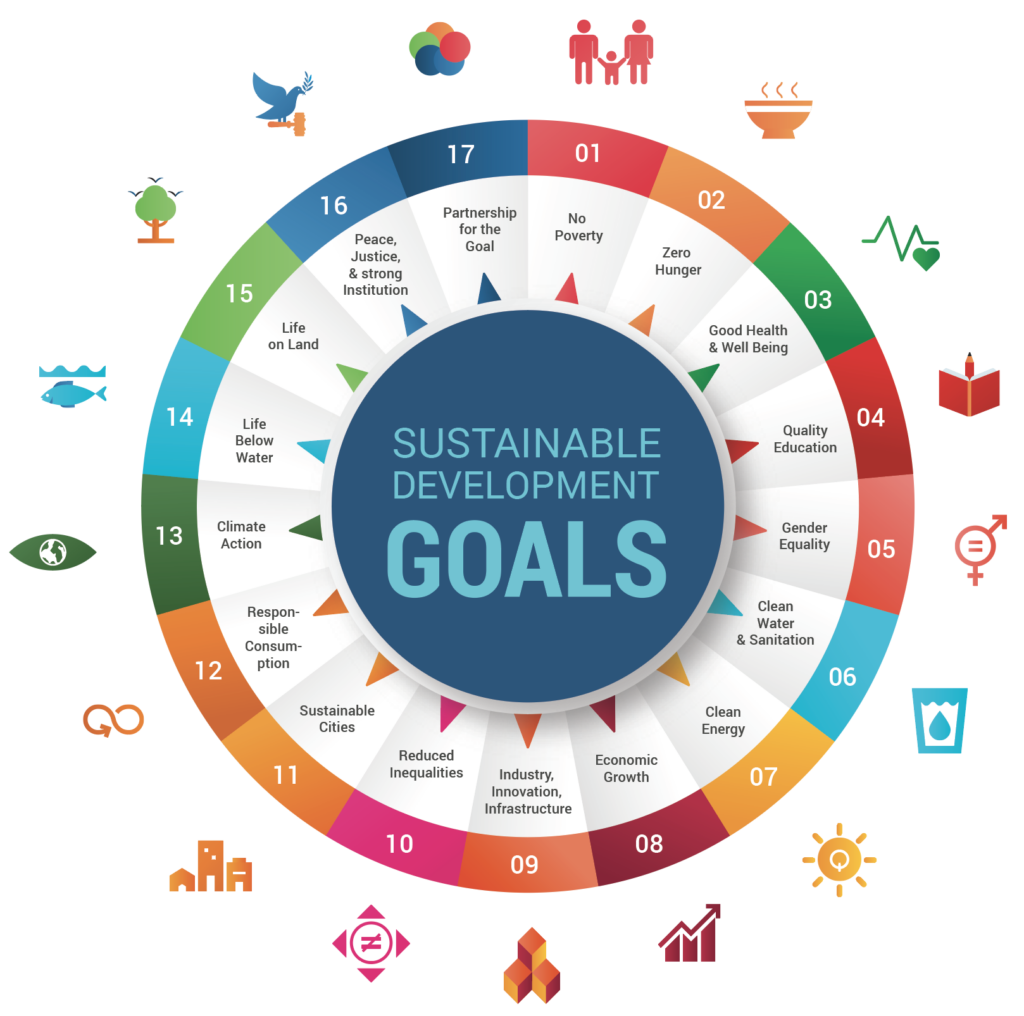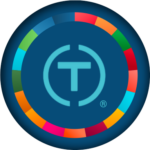
A Community Foundation’s Playbook for Investing with the United Nations’ SDGs
A new report provides a roadmap for U.S. community foundations that wish to use Sustainable Development Goals (SDGs) as a more powerful way to put their financial investments into the service of building a more sustainable world — focusing on the question: “Where can we have the most impact?"
Download the Full ReportIntroduced in 2015, the United Nations’ 17 broad Sustainable Development Goals (SDGs) aim to eliminate poverty, hunger and inequality, protect and preserve the planet, and build conditions for peace and prosperity through partnerships and collaboration.





-
30
Years
The SDGs are the culmination of more than 30 years of a global effort to develop a holistic understanding of how to build sustainable communities.
-
193
Countries
The United States is one of the 193 countries that signed on to the 2030 Agenda for Sustainable Development and the SDGs.
-
17
SDGs
Each of the 17 SDGs each come with detailed targets and progress indicators. Each target and corresponding indicator can be a driver for aligning the foundation’s work with the SDGs.
SDGs + Community Foundations
Community foundations worldwide are exploring how the SDGs can contribute to their work. In the United States, this effort is in its early stages, but indications are that aligning philanthropy with the SDGs is beginning to pay off. In most instances, the SDGs have been leveraged to strengthen grantmaking strategy and practices. They have similar potential for improving investment strategy and practices.
The “Five Ps”—people, planet, peace, prosperity, and partnerships—are often used as shorthand to describe the SDGs’ overarching and interconnected concerns. This expansive perspective on “sustainability” opens a much broader range of opportunities for thinking about community foundation financial investments.

A Four-Step Process to Productively Engage with SDGs
This playbook helps community foundations use the SDGs to put their financial assets to work to build a more sustainable world.

Key Findings

Payoffs for aligning a foundation’s work with SDGs include:
- Providing a common language for talking about collective impact, shared objectives, and complementary approaches to addressing social problems
- Using standard metrics and methods for recording those metrics
- Addressing social problems systemically and sustainably
- Working collaboratively within the foundation and with other nonprofit organizations
- Working collaboratively across sectors
- Publicly communicating the impact of philanthropic and investment dollars

Putting SDGs into Action
- Ensure organizational readiness: Ultimately, to be effective, the entire foundation, including the board, CEO, and financial officers, should be committed to an SDG framework.
- Align priorities with SDG values: Aligning the foundation’s impact priorities with the SDGs is a two-step process: 1) create a set of two to three dozen SDG targets that map to the foundation’s primary areas of interest and then align those interests to its investment strategies; 2) identify metrics to measure progress on those targets.
- Apply the SDG Impact Standards* to decision-making: The SDGs investing standards focus on four functions: strategy, management, transparency, and governance.
- Determine the level of engagement, from basic to mid-range to deep integration: A basic strategy could include tracking the number of holdings and assets under management by SDG and publishing the firm’s annual contribution to the SDGs. At the other end, deep integration could include devoting all of a foundation’s assets to impact holdings and measuring and reporting detailed impacts by SDG while engaging the community at all levels.

Bringing an “Impact-First” Mindset to Investing
Investment strategies range from “profit-only investing” to “impact-only investing.”

*SDG Impact Standards
SDG Impact Standards provide guidance in answering four critical questions:
- How is the community foundation embedding SDG values into its purpose and strategy?
- How is the foundation integrating that strategy into its investment decision-making and management approach?
- How is the foundation tracking and reporting on its purpose, strategy, management approach, and impact performance?
- What governance practices continuously reinforce the foundation’s commitment to SDG values?
To learn more about how community foundations can use the UN’s SDGs to inform impact-first investing, contact Kristin Carlson Vogen, associate vice president of philanthropic strategies and innovation, at kvogen@cct.org.
